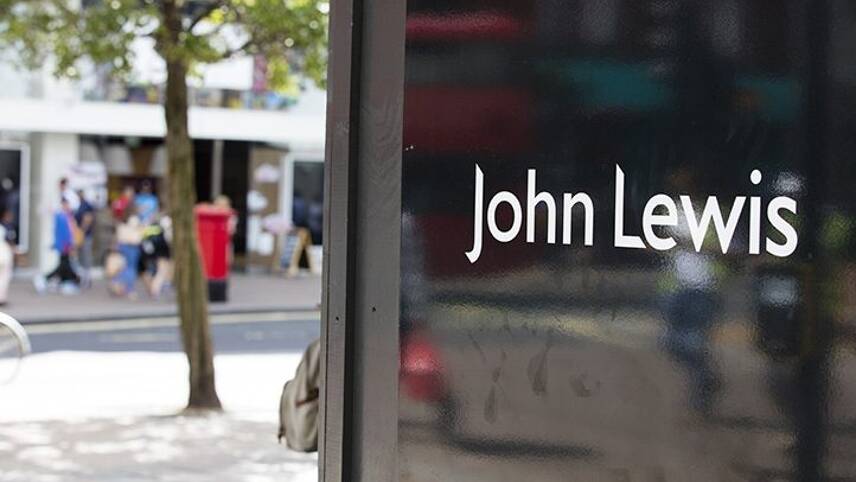Register for free and continue reading
Join our growing army of changemakers and get unlimited access to our premium content

The retailer is aiming to have a scaled take-back or buy-back offer for all product categories by 2025
Called the Circular Future Fund and launched today (22 November), the fund will support innovators working to reduce business and customer waste from textiles, food and technology.
John Lewis Partnership has stated that it wants to support projects that “rethink waste”, help to scale new service-based business models and change customers’ mindsets about consumption. These could include resale, repair, sharing and upcycling.
Notably, the retailer is aiming to implement permanent buy-back or take-back schemes for all product categories by 2025. In 2019, it trialled a buy-back scheme for used clothing, reusable packaging for click-and-collect orders and a take-back scheme for used packaging for toiletries and cosmetics.
More recently, John Lewis Partnership has worked with UK sheep farmers supplying Waitrose and Partners to collect wool for inclusion in mattresses.
On food, John Lewis Partnership’s ambition is to halve waste in operations and customer homes by 2030, in line with UN Sustainable Development Goal (SDG) 12.3. A 2018 baseline has been set for this target and, by the end of the 2020-2021 financial year, a 20.7% reduction had been achieved for operational waste.
The Circular Future Fund is open to applications until 9 January 2022 and will award funding on a grant basis. Each successful project will receive a minimum of £150,000 and a maximum of £300,000. Charities, social enterprises, academics, community interest companies (CICs) and start-ups under five years old are eligible to apply, as well as collaborative projects involving two or more of these kinds of organizations.
John Lewis Partnership, through Waitrose & Partners, has previously worked with Hubbub to allocate £1m to innovators working to solve the plastic pollution crisis.
Fashion recycling report
In related news, Global Fashion Agenda and McKinsey & Company have published a new research report outlining the potential for scaling textile recycling technologies.
Most of the textiles produced by fast fashion brands are hard-to-recycle mechanically, as they are typically blended fabrics that often mix fossil-fuel-based polyester with natural fibres like cotton. This, compounded by the sheer growth of global fashion production in recent times, means that the production of waste textiles has far outpaced the installation of recycling capacity.
The Ellen MacArthur Foundation estimates that the equivalent of just 2% of all textiles produced annually are recycled without being downcycled into materials like insulation or cushion filling. The result is unwanted clothing piling up in landfills, incinerators and even polluting natural landscapes.
According to the new report, properly scaling textile recycling technologies could build a $10-20bn market by 2030. Reaching this figure would require pre-competitive collaboration from textile producers and retailers, as well as policy support, to the tune of at least $5bn of investment by the end of 2026.
This approach could also ensure that the equivalent of up to 75% of all textiles produced annually are recycled in a manner that enables them to be made into new textiles.
As well as scaling recycling capacity, the report highlights, collection and sorting systems would need to be scaled accordingly.
Global Fashion Agenda’s chief executive Federica Marchionni said: “This research proves that the necessary recycling technologies exist, deliver huge improvements in environmental impact and that the economics work at scale. The challenge is providing conditions for scaling.
“With sufficient investment, supportive policies, and by enabling pre-competitive collaborations, I am optimistic that we can create a profitable circular system and accelerate fashion’s journey to net-zero.
A separate report from Fashion for Good and the Apparel Impact Institute this month revealed that the fashion industry is currently on a 3C temperature pathway and bringing it down to 1.5C will take $1.04trn of investment in low-carbon solutions and moves to dramatically improve resource efficiency.
Sarah George


Please login or Register to leave a comment.